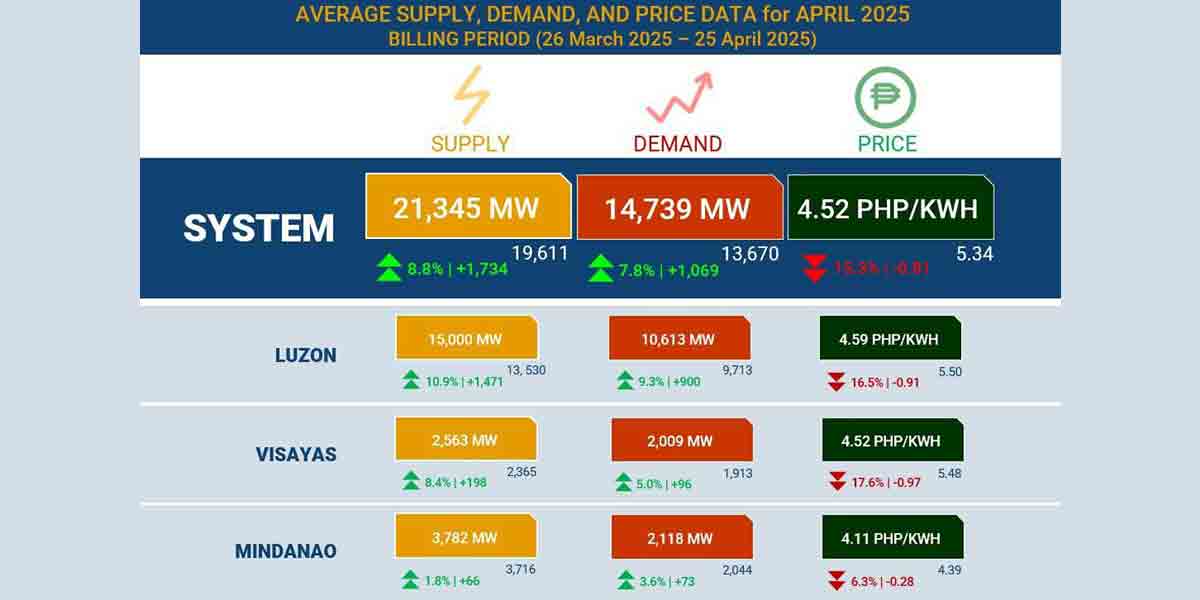
A recent study by World Weather Attribution (WWA) revealed that climate change significantly intensified Typhoon Gaemi, contributing to the devastating effects experienced across the western Pacific region in late July 2024.
The study found that human-caused global warming increased the typhoon’s wind speeds by about 7% and made its heavy rainfall more intense, particularly in Taiwan and China’s Hunan province.
Typhoon Gaemi, known locally in the Philippines as Super Typhoon Carina, did not make landfall in the Philippines but its interaction with the southwest monsoon brought torrential rains and strong winds to the northern regions of the country.
The storm triggered 45 landslides, caused power outages in over 100 cities, and damaged hundreds of roads and bridges. In total, 48 people were killed, and approximately 6.5 million were affected.
As Gaemi intensified and moved towards Taiwan, it reached category 4-equivalent strength, with winds of 145 mph (233 km/h).
Upon making landfall, it killed 10 people, injured more than 900, and caused approximately $50 million in agricultural damage.
The typhoon later struck mainland China, where it continued to unleash heavy rainfall, resulting in flooding and a deadly mudslide in Hunan province that claimed 15 lives. In total, over 100 people died across the three affected countries.
The WWA study highlighted that the extreme conditions during Typhoon Gaemi were made more severe by climate change.
Ben Clarke, a researcher at the Grantham Institute at Imperial College London, said, “Fossil fuel-driven warming is ushering in a new era of bigger, deadlier typhoons. The hard truth is we will continue to see more devastating storms like Typhoon Gaemi as the climate warms.”
In Taiwan and Hunan, the study found that rainfall was up to 14% heavier due to climate change, and such extreme rainfall events have become 60% more likely.
In the northern Philippines, while a clear trend was not established, the data suggested a potential increase in extreme rainfall in the future with continued warming.
The study’s findings underscore the urgent need for improved urban planning and flood management systems, particularly in rapidly growing cities like Metro Manila.
Maja Vahlberg, a climate risk consultant at the Red Cross Red Crescent Climate Centre, warned, “It’s clear many countries in Asia are not well prepared for typhoons in today’s climate, let alone a climate with 1.5°C, or even 2°C of warming.”



















